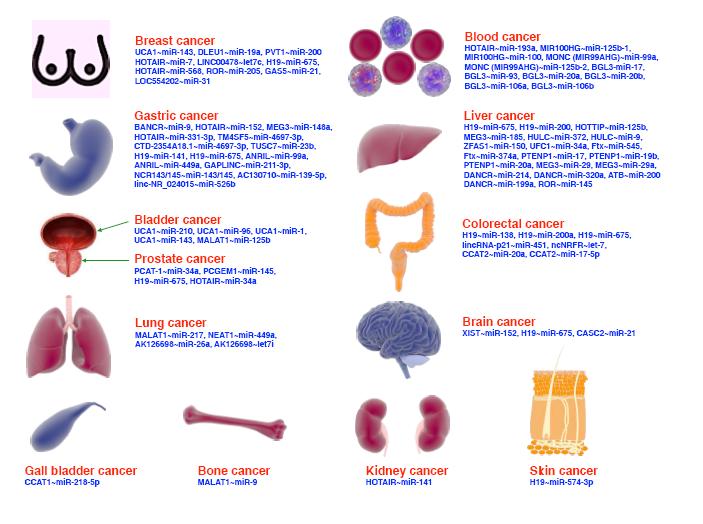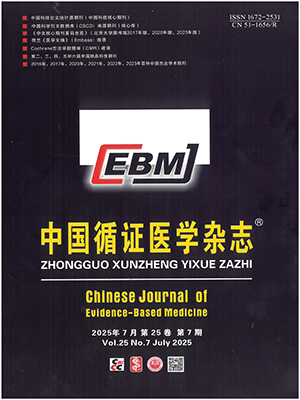| 1. |
Collins GS, Moons KGM, Dhiman P, et al. TRIPOD+AI statement: updated guidance for reporting clinical prediction models that use regression or machine learning methods. BMJ, 2024, 385: e078378.
|
| 2. |
Snell KIE, Levis B, Damen JAA, et al. Transparent reporting of multivariable prediction models for individual prognosis or diagnosis: checklist for systematic reviews and meta-analyses (TRIPOD-SRMA). BMJ, 2023, 381: e073538.
|
| 3. |
Damen JA, Hooft L, Schuit E, et al. Prediction models for cardiovascular disease risk in the general population: systematic review. BMJ, 2016, 353: i2416.
|
| 4. |
Bellou V, Belbasis L, Konstantinidis AK, et al. Prognostic models for outcome prediction in patients with chronic obstructive pulmonary disease: systematic review and critical appraisal. BMJ, 2019, 367: l5358.
|
| 5. |
Wynants L, Van Calster B, Collins GS, et al. Prediction models for diagnosis and prognosis of COVID-19: systematic review and critical appraisal. BMJ, 2020, 369: m1328.
|
| 6. |
White N, Parsons R, Collins G, et al. Evidence of questionable research practices in clinical prediction models. BMC Med, 2023, 21(1): 339.
|
| 7. |
Bouwmeester W, Zuithoff NP, Mallett S, et al. Reporting and methods in clinical prediction research: a systematic review. PLoS Med, 2012, 9(5): 1-12.
|
| 8. |
Debray TP, Damen JA, Snell KI, et al. A guide to systematic review and meta-analysis of prediction model performance. BMJ, 2017, 356: i6460.
|
| 9. |
Wolff RF, Moons KGM, Riley RD, et al. PROBAST: a tool to assess the risk of bias and applicability of prediction model studies. Ann Intern Med, 2019, 170(1): 51-58.
|
| 10. |
Moons KGM, Wolff RF, Riley RD, et al. PROBAST: a tool to assess risk of bias and applicability of prediction model studies: explanation and elaboration. Ann Intern Med, 2019, 170(1): W1-W33.
|
| 11. |
陈香萍, 张奕, 庄一渝, 等. PROBAST: 诊断或预后多因素预测模型研究偏倚风险的评估工具. 中国循证医学杂志, 2020, 20(6): 737-744.
|
| 12. |
Moons KGM, Damen JAA, Kaul T, et al. PROBAST+AI: an updated quality, risk of bias, and applicability assessment tool for prediction models using regression or artificial intelligence methods. BMJ, 2025, 388: e082505.
|
| 13. |
冯诚怿, 张丽伟, 刘惕, 等. 糖尿病合并肺炎克雷伯菌肝脓肿患者发生侵袭综合征预测模型的建立与验证. 中华医学杂志, 2024, 104(12): 956-962.
|
| 14. |
Šinkovec H, Heinze G, Blagus R, et al. To tune or not to tune, a case study of ridge logistic regression in small or sparse datasets. BMC Med Res Methodol, 2021, 21(1): 199.
|
| 15. |
Riley RD, Snell KIE, Martin GP, et al. Penalization and shrinkage methods produced unreliable clinical prediction models especially when sample size was small. J Clin Epidemiol, 2021, 132: 88-96.
|
| 16. |
Van Calster B, van Smeden M, De Cock B, et al. Regression shrinkage methods for clinical prediction models do not guarantee improved performance: simulation study. Stat Methods Med Res, 2020, 29(11): 3166-3178.
|
| 17. |
Collins GS, Ogundimu EO, Cook JA, et al. Quantifying the impact of different approaches for handling continuous predictors on the performance of a prognostic model. Stat Med, 2016, 35(23): 4124-4135.
|




